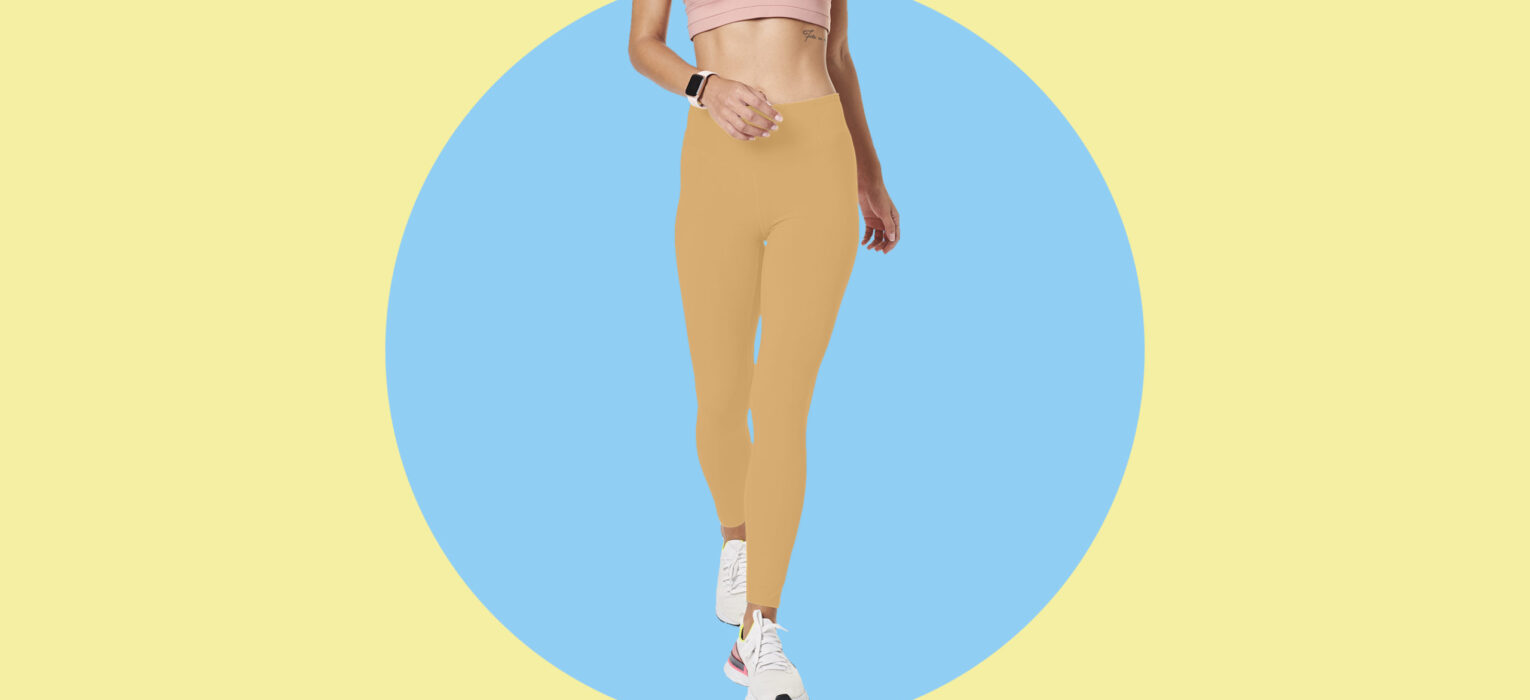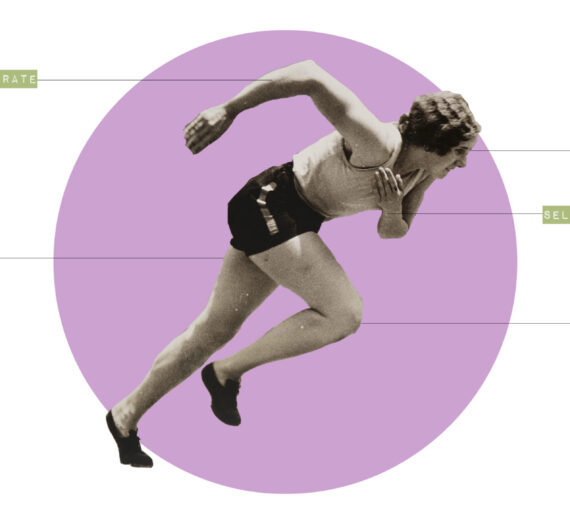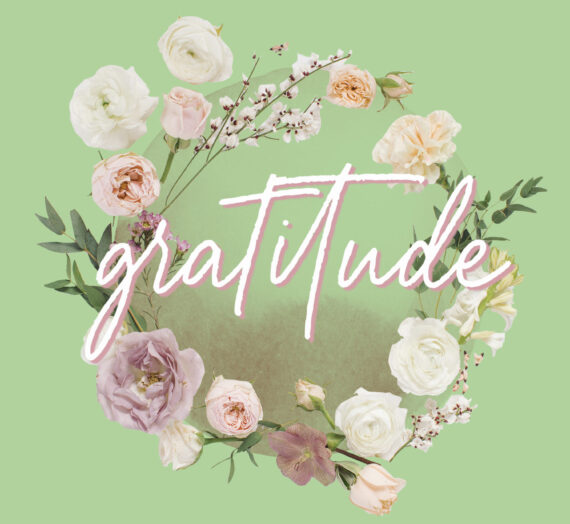So you’re ready to start exercising. If you’ve been following my exercise series, you already know most of the basics so there’s nothing left but to start! As a beginner, you might not want to pay for a membership (and most gyms are still closed, anyway) or buy fancy equipment. The good news is, you don’t have to! Thanks to technology, there are a lot of free workouts and guides online using only bodyweight. So you’re not caught off guard, here are some of the best no-equipment home exercises for beginners.
This is part 5 of my Exercise for Beginners Series. Read the previous parts if haven’t yet so you’re all set to start your fitness journey! Also, don’t forget to consult your physician before beginning.
Table of Contents
1. Jumping Jacks
Jumping jacks are some of the most basic exercises, and you probably did them back in PE class. You simply stand with your feet together and your arms at your side, then jump while spreading your feet apart and bringing your arms above your head to almost touch. A low-impact variation would be to cut out the jump and simply alternate stepping each leg to the side, raising your arms above your head each time.
Jumping jacks are a good part of any workout. They are also used in a lot of warm-ups. The great thing about this cardio move is that it works the whole body, including your heart.
There are other variations such as ventral jacks or squat jacks that vary the movement. You can try these intermediate moves or increase your speed as you increase your strength and endurance.
2. Squats
Squats are generally known as the “butt” exercise. Try searching for “butt” exercises and squats will always be part of the list. Although having a nice bottom is great, squats don’t only target your glutes, but your legs and your core as well. This makes it one of the best no-equipment home exercises for beginners.
To do a basic squat, stand with your feet slightly wider than shoulder width apart. Bend your knees to a 90° angle while raising your arms in front of you to maintain balance. Make sure you keep your back flat, core engaged, and weight evenly distributed throughout your feet.
Once you master the basic squat, you can add weights or do other variations such as the ski squat or sumo squat to step up the challenge.


3. Planks
No, this isn’t that weird challenge that involves acting like a plank of wood in random places. You do try to stay stiff like a board in this exercise though. This no-equipment home exercise for beginners primarily works your core and helps you build strength and stability throughout your body.
To do a basic plank, drop to the floor on your forearms and toes. The goal is to make a straight line from your head to your feet. That means keeping your stomach tucked in and your hips in line with the rest of your body—not too high or low.
For beginners, try holding a plank for 10 seconds. As you build strength, increase it to 30 seconds until you can hold it for a full minute. You can also do plank variations such as doing it on your side or holding a plank on your palms with your arms fully extended.


4. Lunges
Lunges are another basic exercise that’s perfect for beginners. They strengthen your lower body and improve balance and stability. They are similar to squats but differ in that only one leg is carrying most of your weight.
To do a lunge, stand with your feet hip width apart. Then step one of your legs forward and bend your knee at a 90° angle. The leg behind you should also be parallel to the ground. Using your front leg to do most of the work, stand back up. Repeat this on the other leg. The same rules to a squat apply: keep your core engaged and your back flat.
Master this form and you can eventually do more intermediate versions like walking lunges, curtsy lunges, or adding weights.


5. Crunches
If squats are the most famous butt exercise, crunches are the equivalent for abs. Note that doing a million crunches a day won’t necessarily equate to a 6-pack, as you can’t spot reduce fat (I explain this in What Exercise Beginners Should Know). However, it will tone the primary muscles of your abdomen. So if you incorporate crunches with a good exercise routine that targets all parts of your body and proper nutrition, then you will definitely see results.
To do a crunch, simply lie on your back (preferably on firm, but cushioned surface like an exercise mat) with your knees bent. Put your arms behind your head, making sure your elbows are away from your field of vision. Then, lift your upper body using your abdominal muscles, exhaling as you do so. Make sure your tailbone and lower back are on the ground. End a rep by lowering down and repeating the move. Try not to rest your back entirely on the ground when you lower down so your muscles are engaged the whole time.
Do this slowly and perfect your form. Although this is one of the most common exercises, a lot of people do it in bad form. Once you are able to perform a couple of reps without any back or neck strain, you can try other forms of crunches like the toe-touch crunch.
6. Bridges
Bridges are a great, no-equipment home exercise for beginners. They target your lower body, mainly your glutes and your hamstrings. Since this is a low-impact exercise, it’s easy to do even for people who have knee problems.
To do a basic bridge, lie flat on a soft but firm surface with your knees bent (think crunch position) right on top of your ankles and your arms by your side. Raise your pelvis off the floor by activating your glutes and pressing your heels to the ground. The goal is to form a straight line from your chin to your knee while you rest on your shoulders.
Once you’ve got the rhythm and good form down, you can try raising your hands in the air to improve your balance, do one-legged bridges, or add weights.


7. Push-ups
Drop and give me 20! Ahh, those famous lines. Before you groan and say this isn’t for beginners, push-ups are actually very good for your upper body. It tones your pecs, shoulders, and abs. And although it is difficult to do, it is one of the easiest ways to build your strength and endurance without requiring any equipment.
One of the easiest push-up variation is the wall push-up. To do this, stand an arm’s length away from a wall. With both palms at shoulder height and width flat on the wall, bend your elbows downward and move your body towards it. Lift your heels off the ground and stand on your toes—think of forming a diagonal line with your body. Push back to standing position using your arms and do the move again.
You can try progressing to modified push-ups (which are done with your knees on the ground) then eventually to the standard ones where your feet are fully extended as you push yourself off the ground. It feels wonderful when you are able to beat your personal records over time.
Tips on how to do no-equipment home exercises for beginners
Remember to start with the easiest variation of these exercises and perfect the form. That is more beneficial compared to executing advanced moves but in poor form. This could eventually lead to injury, which would only set you back.
As you progress in your fitness level, feel free to add weights, do the more intermediate variations, or increase your reps. Also, remember to exhale during the hardest part of an exercise. For example, inhale when you drop down for squats and exhale when you lift yourself back up as this requires more strength. Read more tips for beginners in Start Exercising And Stick To It.
Start your fitness journey now!
There you have the best no-equipment home exercises for beginners. There are other moves out there, but these are the basic ones that serve as foundations for almost all other exercises. I hope you are motivated to begin exercising or to continue along your fitness journey with these 7 moves. If you liked this article, comment below or share it with your friends!
Read the other parts of the Exercise for Beginners Series here.







Rachel
This is great advice! I do home workouts using only some kettle bells and weights and get a great workout! =)
Kathleen
Thank you! Same here, only started to use weights recently. But even without them you can still have a great workout especially as a beginner! 🙂
Carolyn
YES! This is an awesome list! I’ve been doing a lot of research on no-equipment home exercise, and universally everyone’s been mentioning the same exercises you suggest. I unfortunately have a bad knee, so no squats or lunges for me (ugh!). Instead I do monster walks with a resistance band around my ankles, and wall sits with a ball between my knees. Great stuff!
Kathleen
Thank you, Carolyn! 🙂 Oh nice! Yes, those would be difficult if you have bad or weak knees…but nice alternative! I didn’t get bands yet but when I do I would love to try those. Wall sits are so painful hahahahaha.
TopTipFit
Body weight exercises are such a great alternative if you can’t get to a gym. Such a great starting point and so easy to progress with a purchase of bands, or a couple of kettle bells when you are ready. Great post!
Kathleen
Yes! Definitely. 🙂 I started with just bodyweight and am now using dumbbells. Just starting with light weights now as I build my strength and endurance. 🙂 Thank you so much!
Wella L.
Would love to add leg lifts! I’m not good with crunches it hurts my neck but leg lifts really work my core out. Thanks for sharing your fitness tips!
Kathleen
Thanks Wella! My neck used to hurt with crunches but when I focused on form and actually hinged from my core instead of lifting from my neck, it stopped hurting! 🙂 Leg lifts are definitely a great way to work your core as well! And it’s a bit harder! 🙂